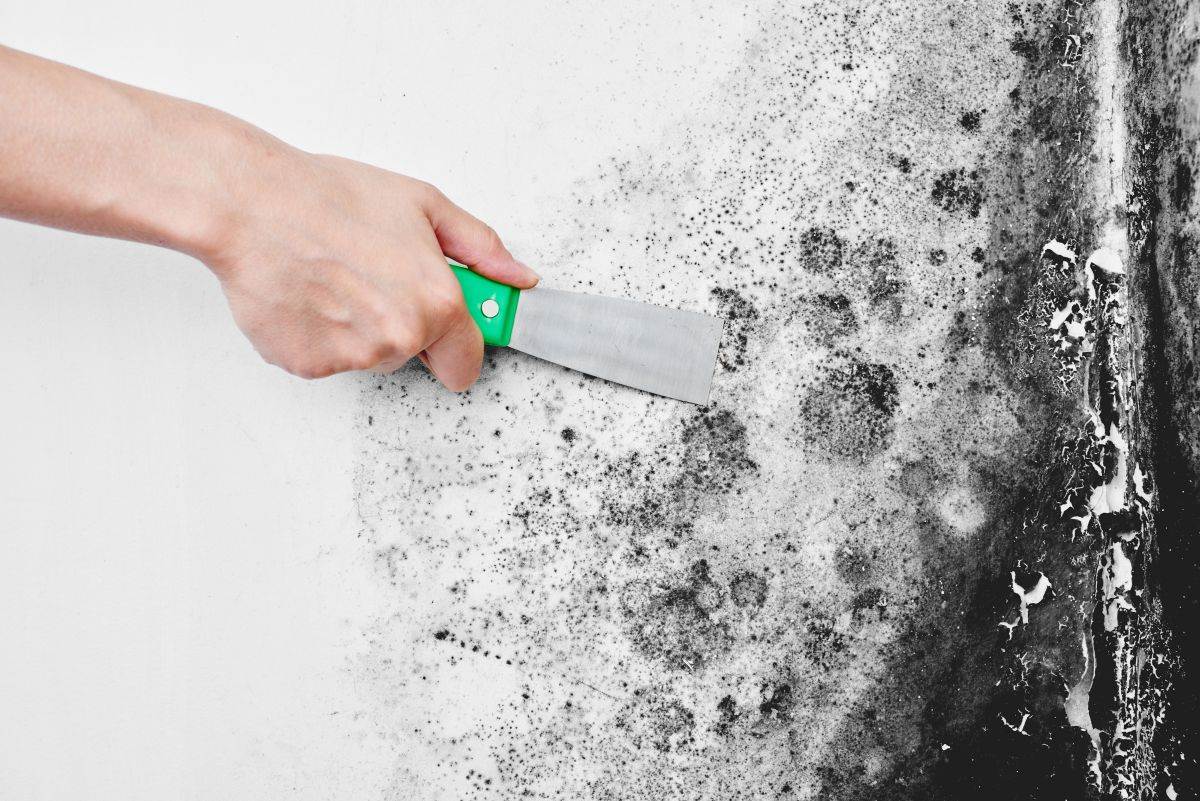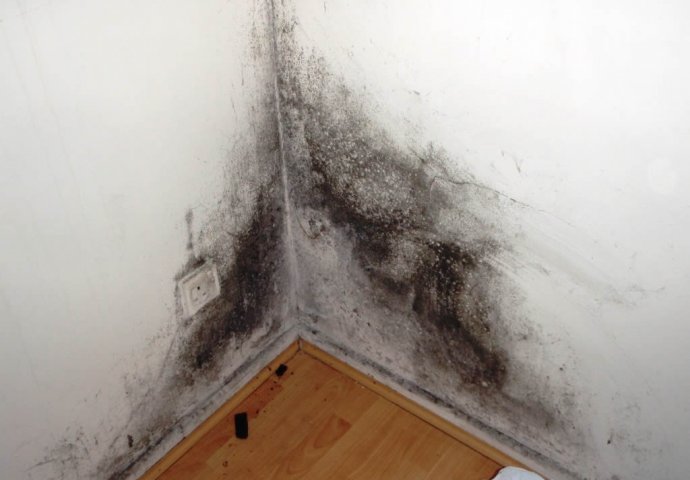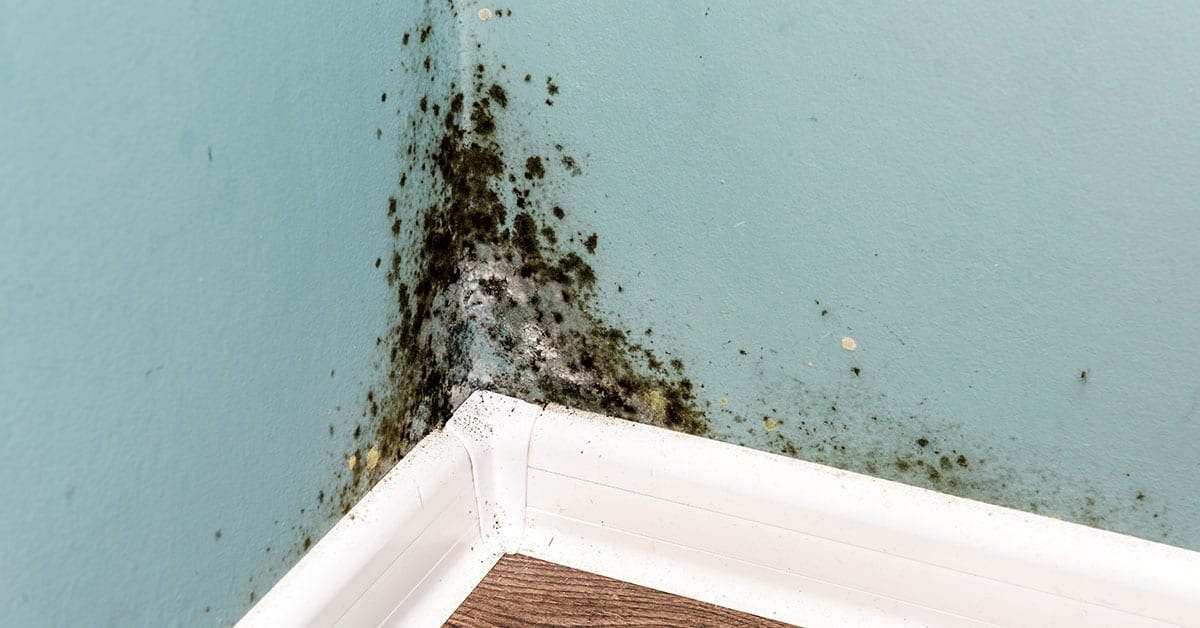Mold is more than just an unsightly nuisance; it poses serious health risks and can compromise the integrity of our homes. As concerns about indoor air quality rise, many homeowners are turning to home mold testing kits as a first line of defense.
But do these kits really work, or are they merely a convenient placebo in the face of a much larger threat? With a plethora of options available, each boasting its own set of features, navigating the world of mold testing can feel overwhelming. In this article, we’ll delve into the workings of these kits, examining their effectiveness, reliability, and the science behind mold detection.
Are they reliable enough to give you peace of mind, or do they leave you in the dark about what’s lurking in your walls? Let’s explore.
How Do Home Mold Testing Kits Work?

Home mold testing kits operate on various principles, all aimed at identifying the presence of mold spores indoors. Typically, these kits come with collection devices, such as petri dishes or air sampling pumps, allowing you to gather samples from your home environment—be it the air, surfaces, or even materials like drywall.
Once collected, the samples are often sent to a laboratory where trained technicians analyze them for mold species and concentration levels. Some kits offer instant results through color change indicators or visual cues, providing immediate feedback on mold presence.
However, while these kits can serve as a convenient first step in mold detection, they might not always account for the full spectrum of mold types or the underlying conditions that facilitate mold growth. Thus, interpreting their findings properly requires a careful approach and, in many cases, a professional evaluation to ensure thorough remediation.
Test Results: What They Mean

When you receive the results from a home mold testing kit, its essential to decipher what those findings truly signify for your health and living environment. A positive test might indicate the presence of mold spores, but this doesn’t automatically mean a significant health risk; it depends on the type of mold, its quantity, and your individual sensitivity to allergens.
Conversely, a negative result can provide peace of mind, yet it’s critical to acknowledge that testing is just a snapshot in time. Environmental conditions can change, and mold spores can come and go, often proliferating in hidden areas.
Moreover, understanding the limitations of these kits is vital—many only test for common molds and might not identify potential toxins or mycotoxins. Ultimately, it’s best to consult with professionals who can provide a comprehensive assessment if youre concerned about mold growth, as they can offer insights that a DIY test simply cannot.
Understanding Mold and Its Impact on Health

Mold is more than just an unsightly blemish on walls and ceilings; it can be a hidden threat to our health. As it proliferates in damp, neglected corners of our homes, mold releases airborne spores that can be inhaled, triggering a host of respiratory issues.
For those with allergies or compromised immune systems, the consequences can be severe, sometimes leading to chronic sinusitis or even asthma attacks. Beyond the respiratory concerns, mold may also produce mycotoxins, harmful substances that can affect the nervous system and lead to lasting health problems.
The complexities of mold species—some innocuous, others hazardous—add to the urgency of understanding its presence in our living spaces. Consequently, recognizing and responding to mold growth is crucial, not just for the sake of our homes, but for the well-being of everyone dwelling within them.
Conclusion
In conclusion, home mold testing kits can serve as a useful preliminary tool for homeowners concerned about mold presence in their environment. While these kits offer convenience and can help identify potential issues, they often lack the accuracy and comprehensiveness of professional mold inspections, such as those offered by mold inspection Tampa. Ultimately, for a thorough understanding of your indoor air quality and the potential health risks associated with mold, it is advisable to combine the use of testing kits with professional expertise.
This approach ensures not only the identification of mold but also the implementation of effective remediation strategies to maintain a safe and healthy living space.

